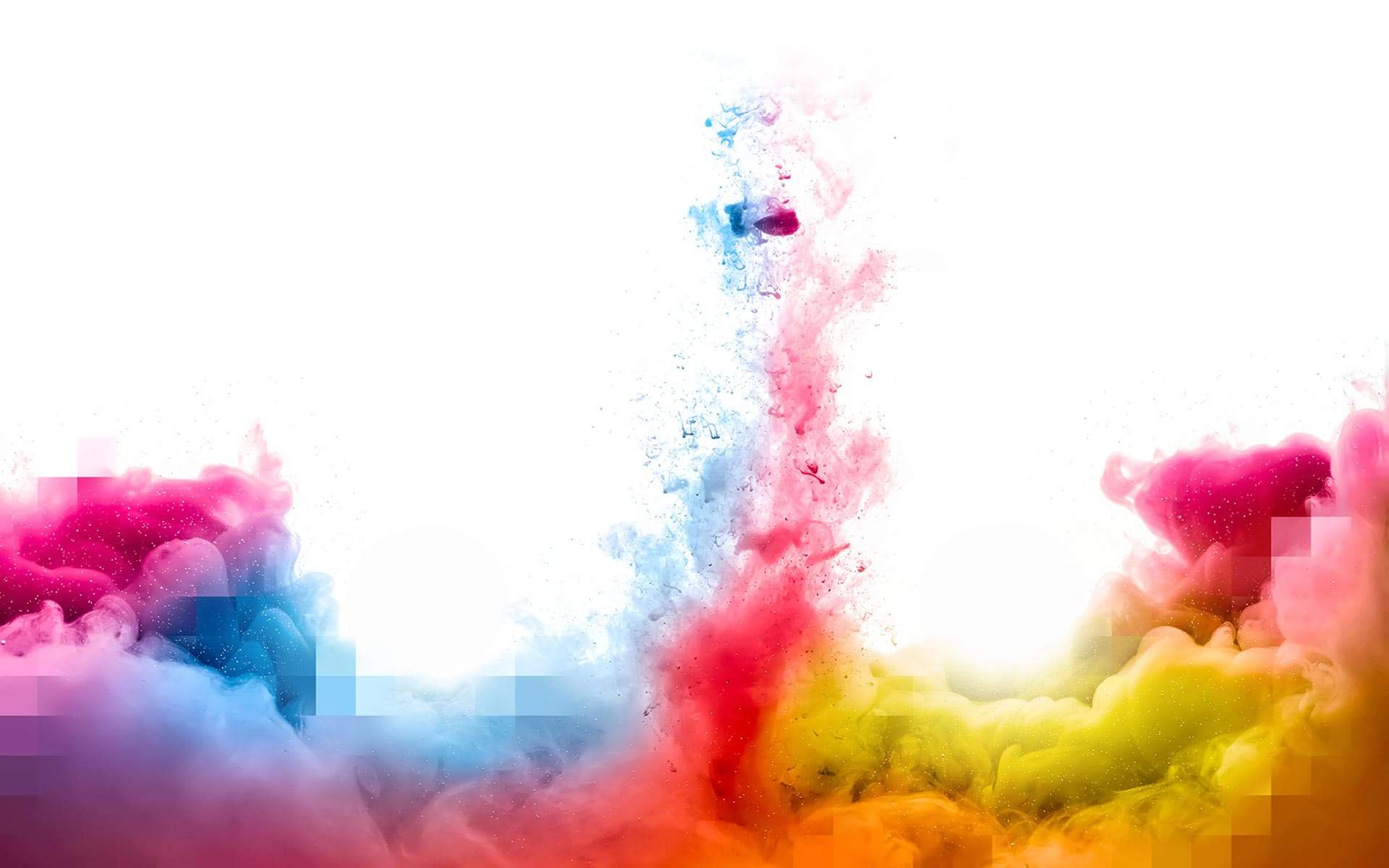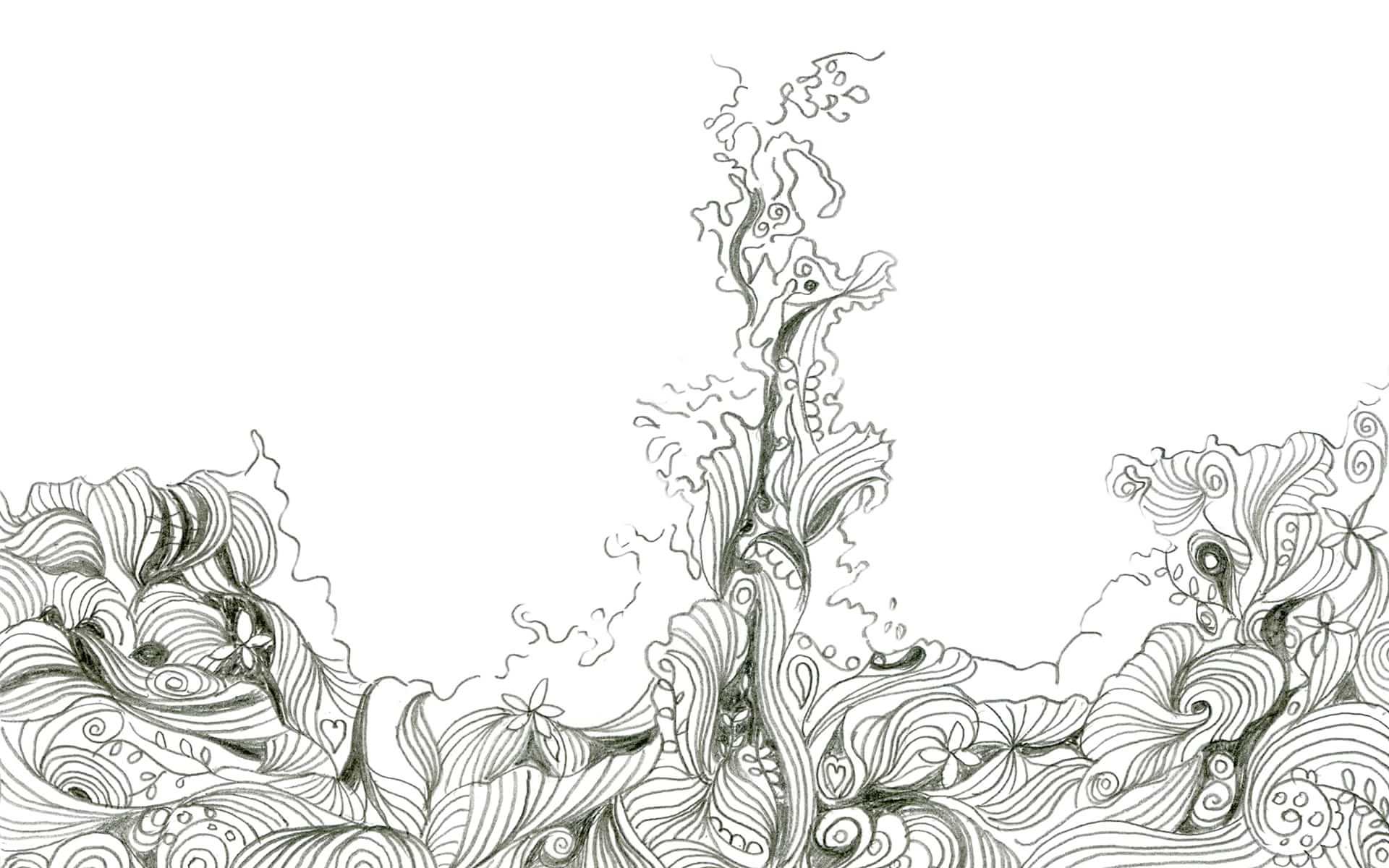A perfect blend of UK and Arabic design for an intelligent audience
Graphic Design Beirut
A bilingual graphic design brief
In most Arabic and English Graphic Designs briefs we are asked by clients to layout the content separately with English on one side and Arabic on the other. Our Lebanese Graphic designer Nour Tohmé explains why we should move from this and explore different ways to integrate the two cultures using Arabic typography and western design principles.
The client was a UN agency, the design brief was to create a bilingual flyer design which incorporated both English and Arabic text. We were asked to create a balance between the two languages.
Arabic writing goes against that of English writing (Arabic is read and written from right to left), this means the flush edges and rag edges of both languages are opposite each other (the Arabic text is flushed to the right, and ragged on the left).
In our experience to create true integration between these two languages, the straight flush edges of the two blocks of text can be juxtaposed back to back, so you form a negative space river in the middle and their ragged edges are therefore directed to the outside of the page, not interfering with the rest of the content. This enables the two texts to balance each other, while maintaining a clear and concise contemporary mix.
In order to accommodate the needs of mass production and reproduction in the Arab world, some recent developments have affected Arabic typography and have transformed not only the look and aesthetics of Arabic typefaces, but their usability and flexibility. During these past few years, the traditional Arabic calligraphic styles - like the Naskh style, the Kufi style, the Thuluth style, or the Diwani style - have been supplemented by an array of new Arabic typefaces which adopt many features of Latin typography, and allow Arabic fonts to be used as easily as Latin ones. The aim is to move away - but not completely - from the calligraphic traditions of Arabic typography, and adopt the modern features of Latin typography that would facilitate the use of Arabic type in all the mediums of the modern world.
The Arabic font we chose to use in above design is called The Mix Arabic. It was created within the framework of the "Typographic Matchmaking" project, which was initiated in 2005, under the coordination of Huda Smitshuijzen AbiFares. The aim of the project was to create "Arabic typefaces with a Dutch flavor", to create Arabic counterparts for existing Dutch typefaces, in order to "bring the high quality of Dutch type design to the rather underdeveloped Arabic design tradition" (Smitshuijzen AbiFares, 2005). Smitshuijzen AbiFares says "the main thrust of the project is to address the modernization of Arabic textfaces and to develop quality Arabic fonts". Five Arab-Dutch design teams were created - each formed of a Dutch and an Arab designer - in order to execute the project and create Arabic companions for Latin fonts.
The Mix Arabic, designed by Lucas De Groot and Mouneer Al-Shaarani, was created as a match for the latin Thesis font family. We chosen as it best manages to combine the traditions of Arabic typography on the one hand, and the simplicity and modern look of Latin typography on the other. It also works well with the Latin fonts used here - Rotis Sans and Franklin Gothic and finally Din - as they have the same weight and clarity and simplicity.
For all your print and web site advertising needs in Lebanon and the Middle East, please contact [email protected], or call 961 70 700 958
a fish in sea, Workshop 9, Royal Victoria Patriotic Building, Fitzhugh Grove, London. SW18 3SX. UK

